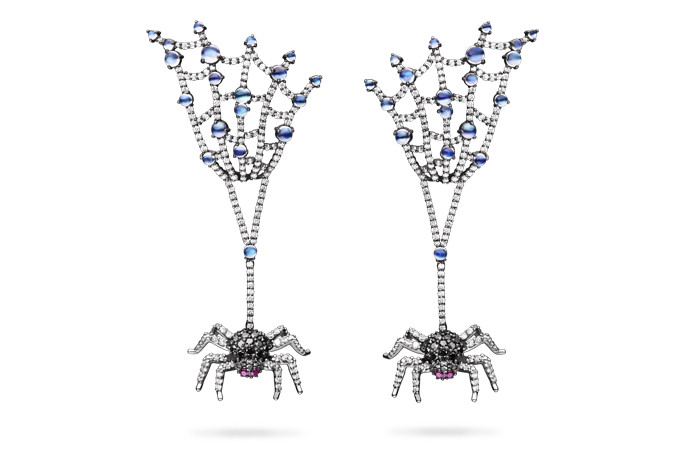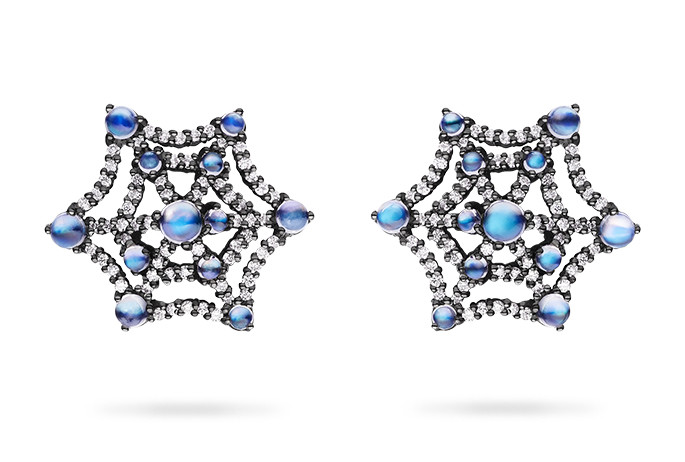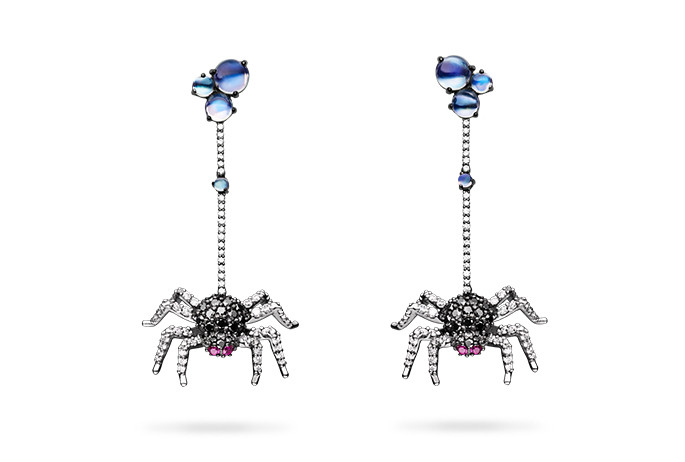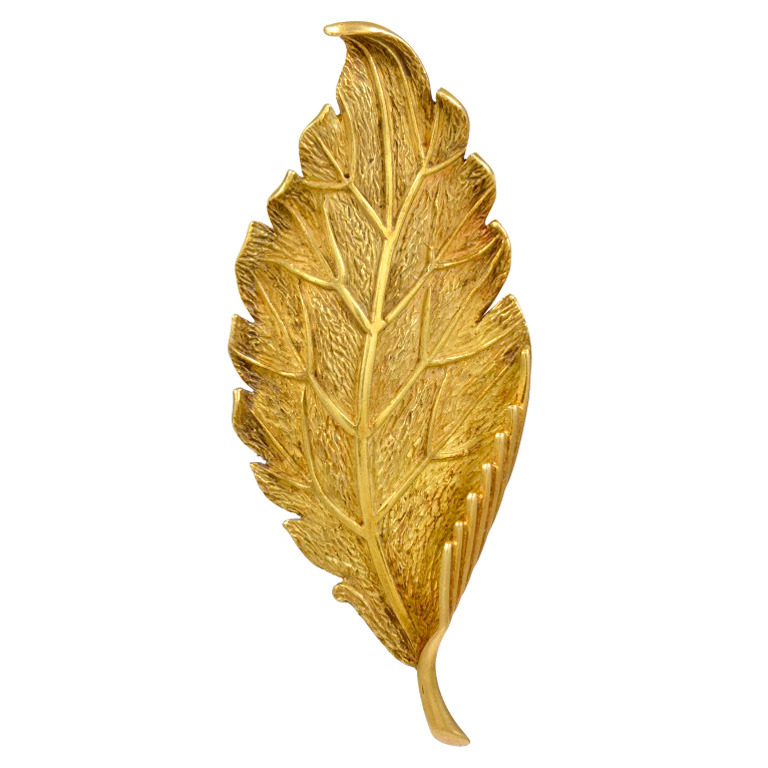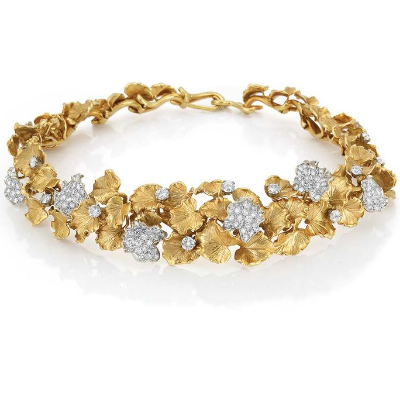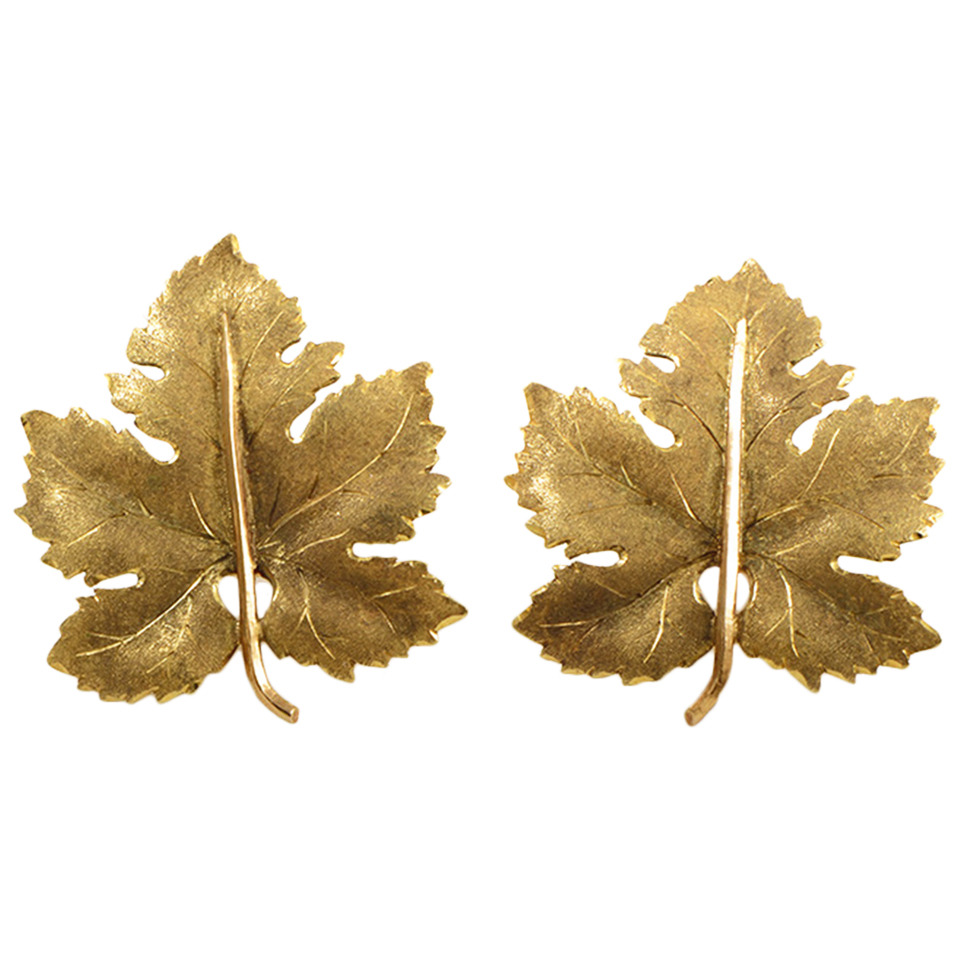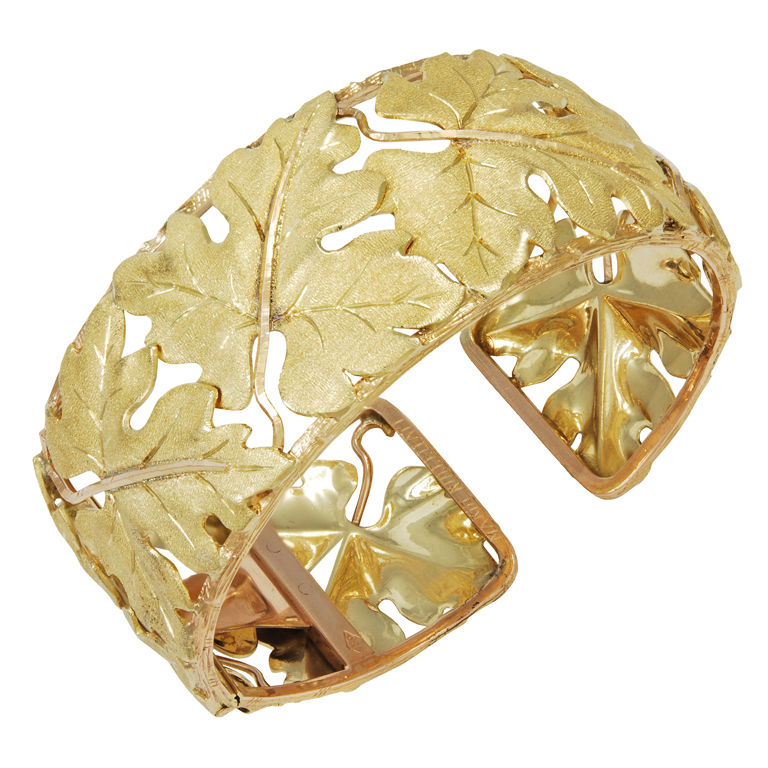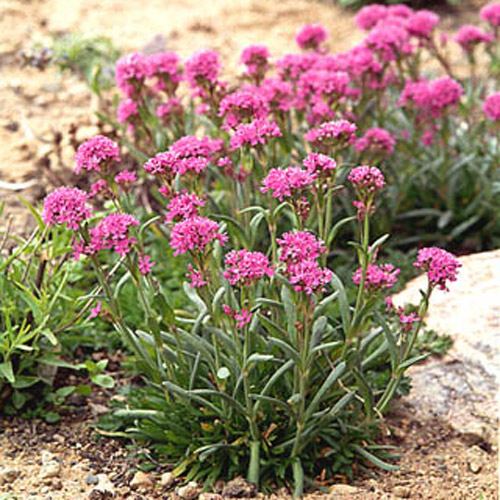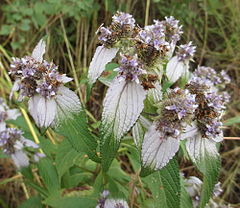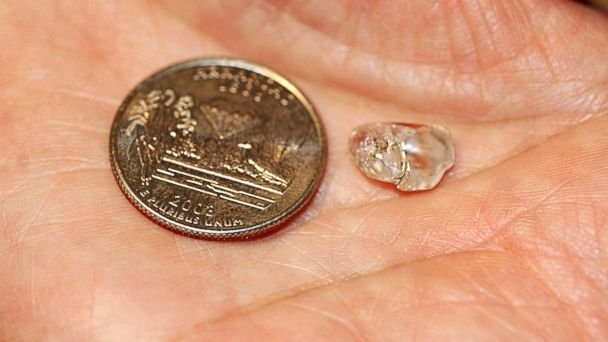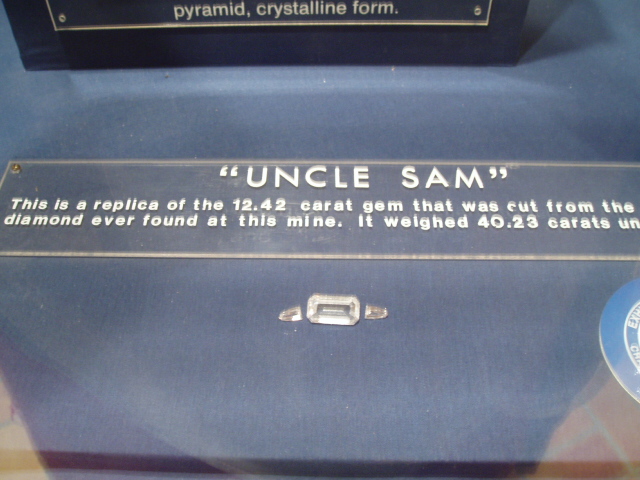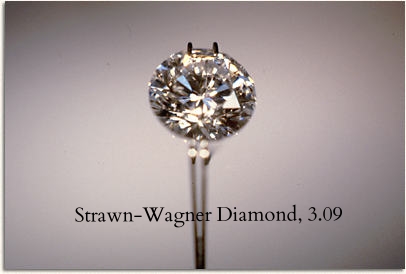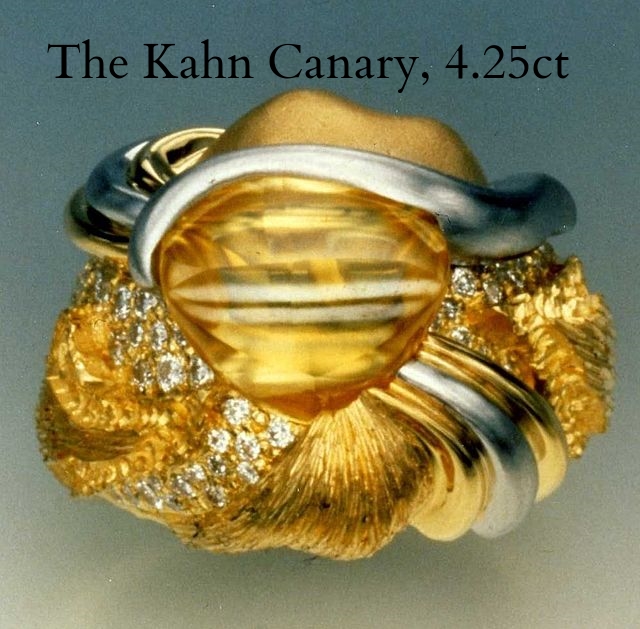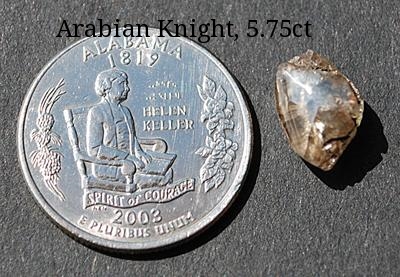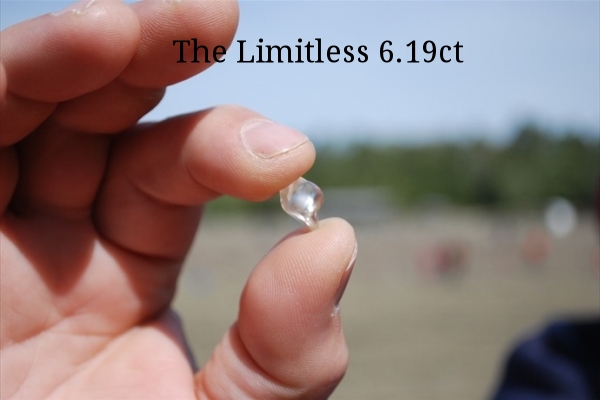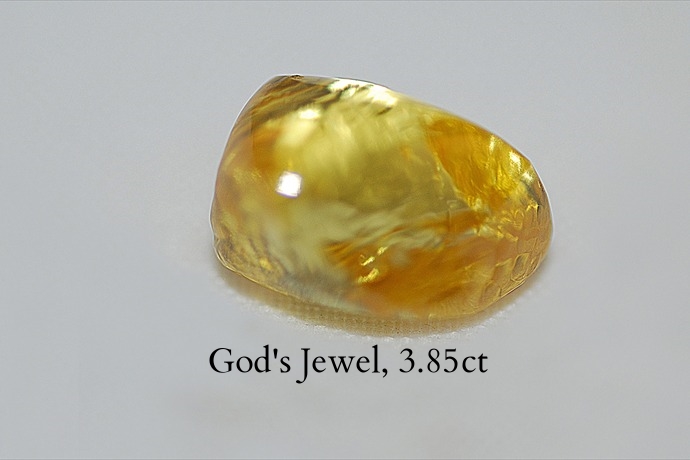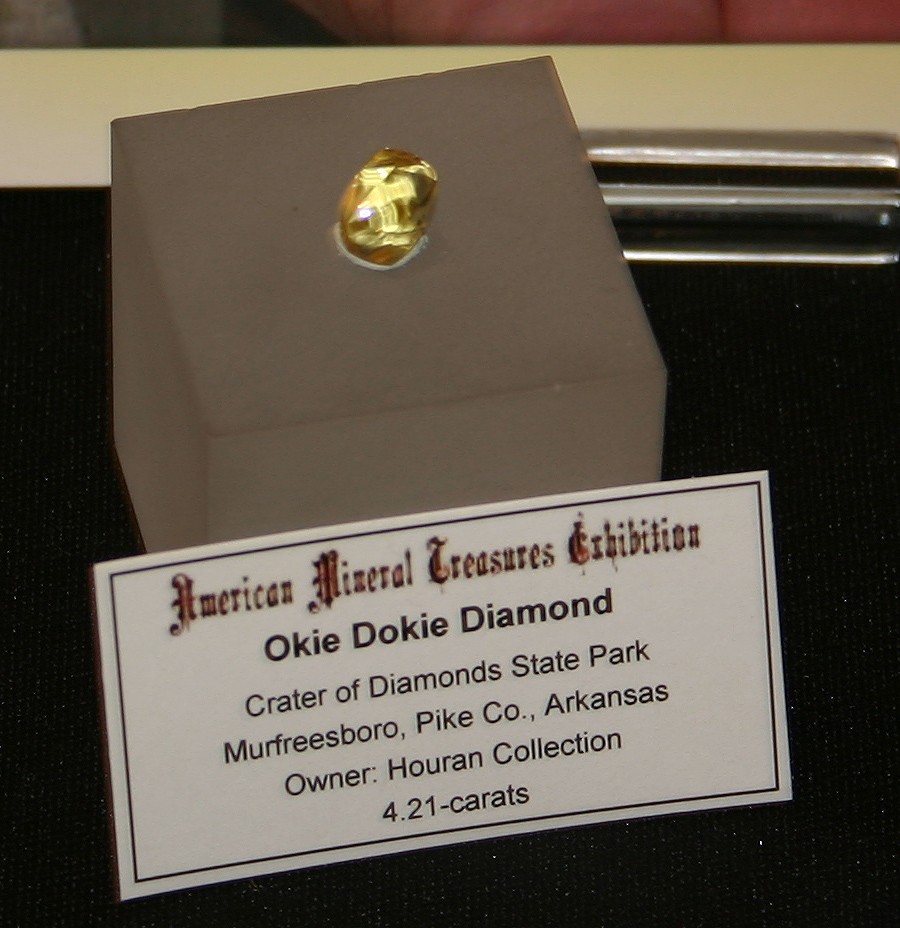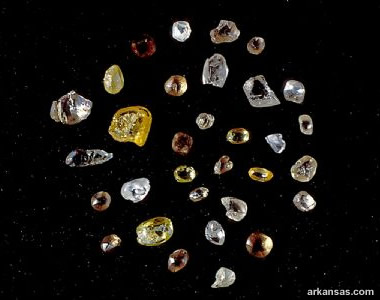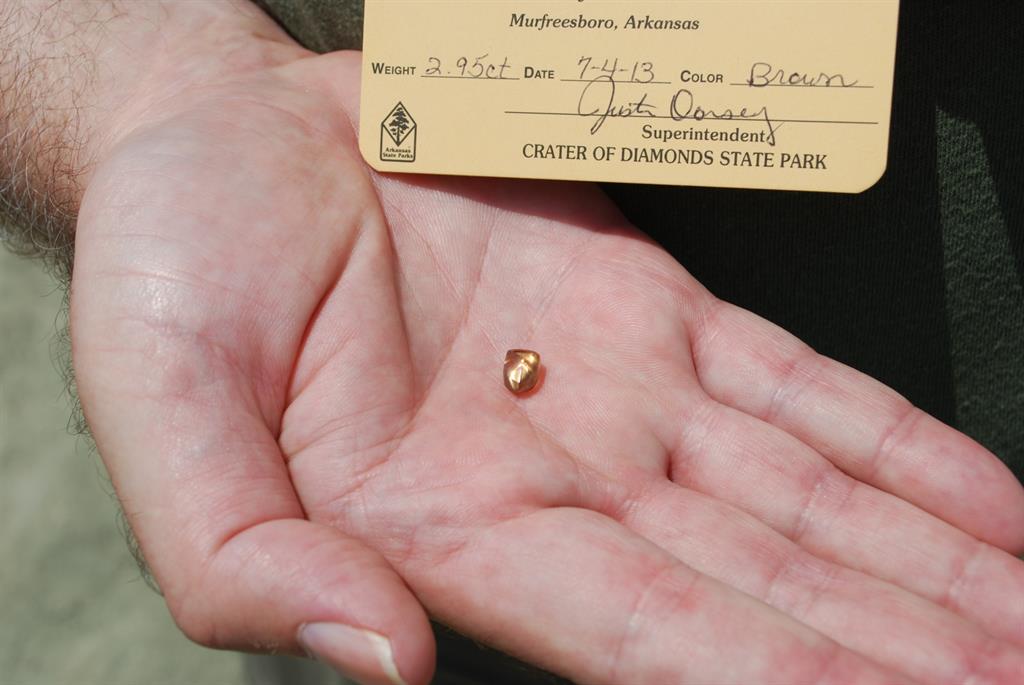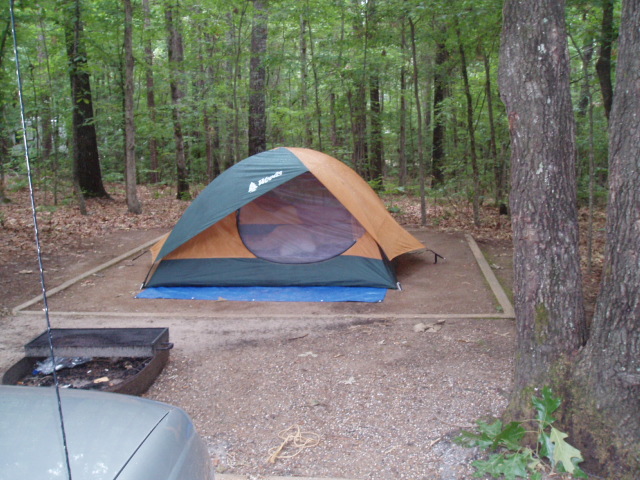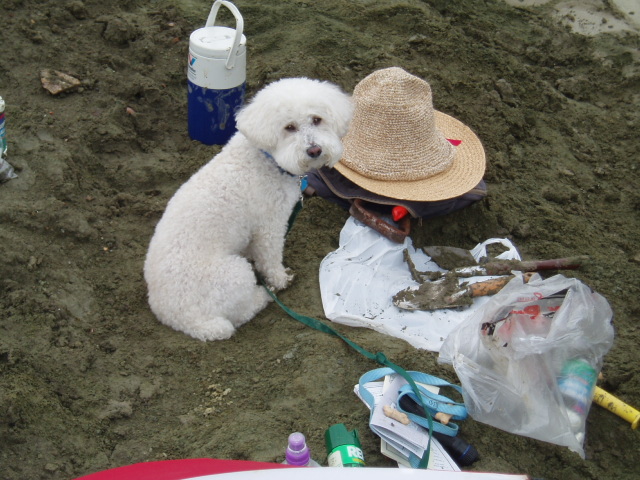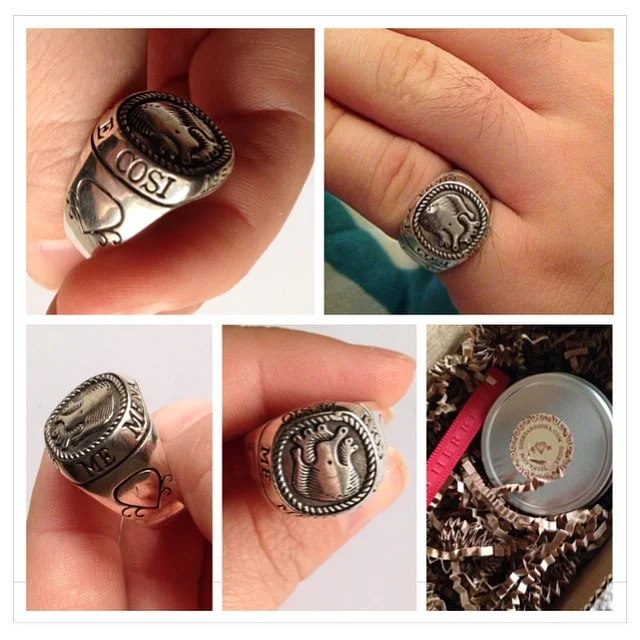Kristjan Eyjolfsson Brooch Visits the Chelsea Flower Show Once Again
/Her Majesty Queen Elizabeth II at the Annual Chelsea Flower Show 2017
The brooch was inspired by the Iris Unguicularis, is made from 100% recycled British white gold and features over 100 ethically sourced gemstones, including a single conflict-free yellow diamond at its center.
Queen Elizabeth II stepped out to take in the Chelsea flower show wearing an iris inspired brooch by Icelandic jeweler Kristjan Eyjolfsson that she first debuted during her 2013 private visit to the flower show.
In 2013, for the show’s Centenary, Kristján designed and hand-crafted limited edition pins available to Chelsea Charity Gala Preview guests. The pins were inspired by the Calanthe x veitchii orchid flower, which was produced in the nursery belonging to Sir Harry Veitch, the nurseryman who first brought the Royal Horticultural Society Flower Show to Chelsea. All profits of their sale went to support the charitable work of the RHS.
The brooch worn by her majesty was inspired by the Iris Unguicularis. It was commissioned by the Royal Horticultural Society and presented to Her Majesty on the occasion of her Diamond Jubilee in 2012. The brooch is made from 100% recycled British white gold and features over 100 ethically-sourced gemstones, including a single conflict-free yellow diamond at it's center.
Eyjolfsson said of the brooch: "I am honoured to see Her Majesty wearing this brooch, which represents not only the RHS' gratitude for her patronage but also increased visibility of ethics and sustainability in fine jewellery. The brooch is not as glittery as some of her other pieces as it was designed to be a private piece to be enjoyed by a very famous monarch."
Visit the Royal Horticultural Society to read more about the flower show.






